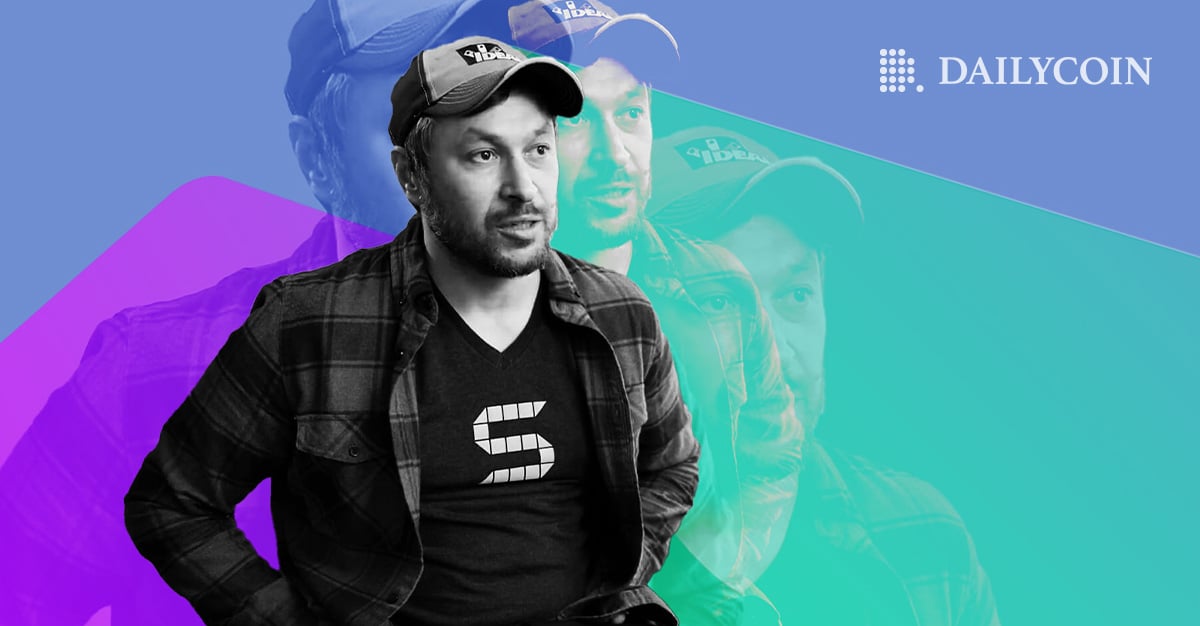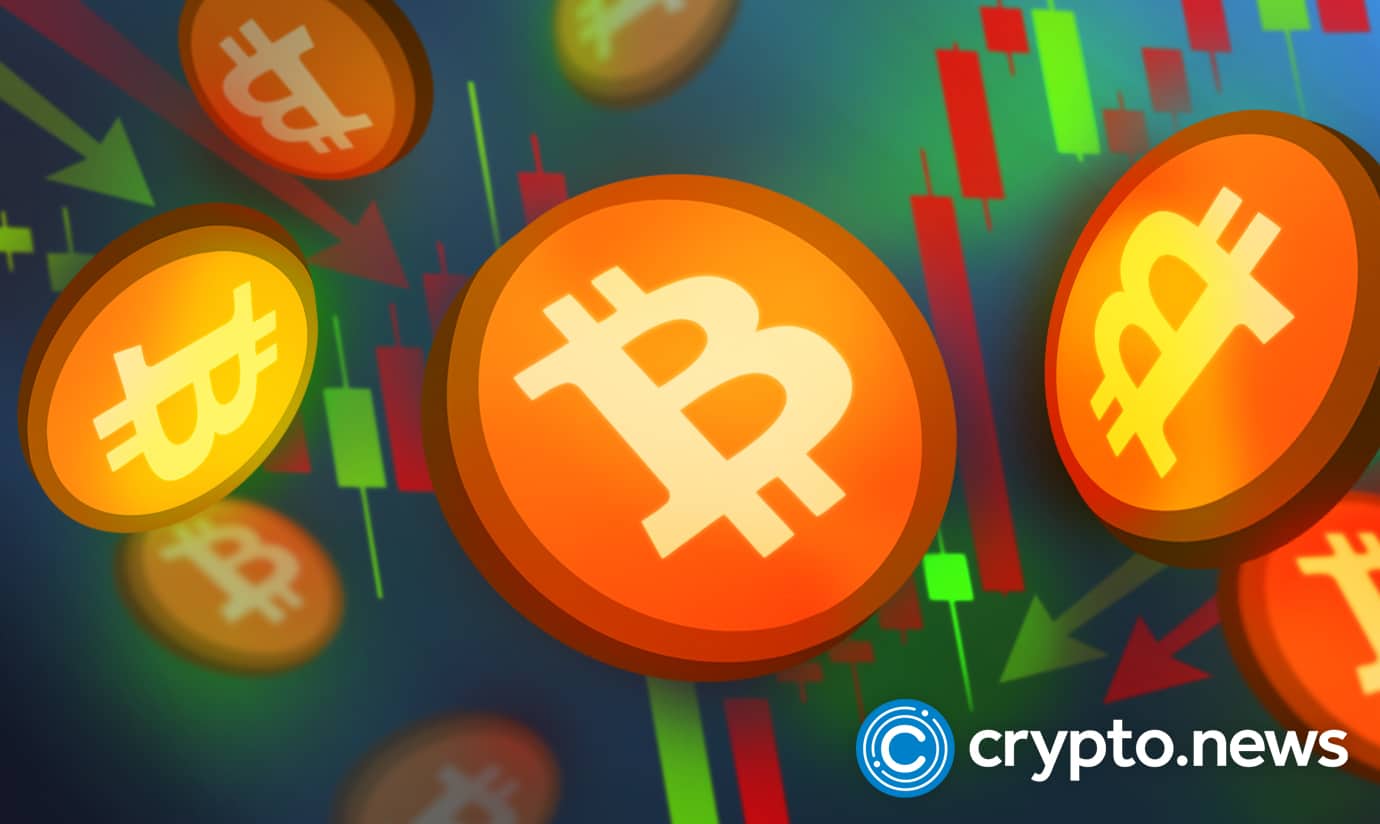Anatoly Yakovenko is the founder of Solana, one of the biggest blockchains in the crypto ecosystem. He is a pioneer in the blockchain space, and since creating Solana in 2017, he’s taken a leading role in crypto.
Aside from founding Solana, Yakovenko is also at the forefront of blockchain innovation. Solana’s idea for a Web 3.0 phone is an essential next step in blockchain adoption.
Here’s the story of Yakovenko and how he became one of the most important founders in crypto.
Anatoly Yakovenko was born in Moscow in the late 1970s and studied computer science at the Moscow Institute of Physics. He graduated from the Institute in 2000 and went on to find work as a software engineer.
A year after graduating, Yakovenko decided to build his own company. He became the co-founder of Alescere, a Voice over Internet Protocol Service. The company’s business was building Session Initiation Protocols (SIP) and Real-Time Transport (RTP) stacks and server components for small businesses.
Three years later, Yakovenko left Alescere and went on to join Qualcomm. Qualcomm is the world’s leading wireless tech innovator, and the company prides itself on pushing boundaries. Qualcomm is in the communication business just like Akescere, so Yakovenko was doing much of the same work.
However, at Qualcomm, Yakovenko focused mostly on hardcore engineering work. He had no co-founder obligations, so he was able to progress quite quickly through the company. Three years after joining, he was made senior engineer, and three years after that, he was made staff engineer. By 2016, Yakovenko was already a senior staff engineer at Qualcomm.
Around 2013, Yakovenko started learning about blockchain technology. He was an early adopter of Bitcoin and Ethereum, and he kept a close eye on the industry.
However, Yakovenko wanted to do something more. He left Qualcomm in 2016 and tried his hands at different jobs. The first was a software engineer job at Mesosphere, now known as D2iQ. At Mesosphere, Yakovenko worked on building distributed operating systems. The second job he tried his hands at was also software engineering, but this time at Dropbox.
After leaving Dropbox, Yakovenko decided to take the plunge and focus all his time on building Solana.
In 2017, Yakovenko published the Solana whitepaper and announced Solana to the world. Solana wasn’t just going to be a regular blockchain; it would be different and run on a novel consensus mechanism.
Unlike other blockchains, the Solana chain is optimized to be as fast as any payment system. Ethereum and Bitcoin were the (and are) pre-eminent blockchains in 2017, and both had serious problems. They were simply too slow.
Bitcoin, for example, could take hours for a single transaction to be confirmed. Ethereum, on the other hand, currently handles about ten transactions per second. That’s nowhere close to what payment systems like Visa process.
Yakovenko’s goal with Solana was to create a blockchain that could rival these traditional payment processors in terms of speed.
However, he discovered that this was impossible through conventional consensus mechanisms. Both Proof-of-Stake and Proof-of-Work took a lot of time and effort.
That’s why he decided to create another consensus mechanism to speed up transactions. This mechanism was Proof-of-History and would be used with the Proof-of-Stake system.
The proof-of-history (PoH) mechanism was a technical success, and when Solana came online on March 16, 2020, it recorded fast transaction times. As soon as Solana went live, it had a speed of around 50,000 transactions per second.
Proof of history is one of the biggest and most impactful technological leaps in blockchain technology.
Proof-of-history networks use the passage of time to reach a consensus on certain transactions. The mechanism measures time through events on the blockchain and then uses that time to validate exactly when certain transactions took place. This validation makes it faster for transactions to be ratified across the blockchain.
Solana has grown immensely in recent years. Just a year after coming online, Solana had created enough buzz in the market for the project. That’s why it could complete a $314 million funding round in 2021 by Andreessen Horowitz.
Six months later, Melania Trump released her first NFT, and the asset only sold for one SOL. In 2022, a lawsuit accused Solana of selling unregistered securities. The lawsuit alleged that Solana wasn’t upfront about its efforts at burning tokens and that Yakovenko misled investors about the total circulating supply of SOL tokens.
Solana has also suffered from hacks in recent times. In August 2022, more than nine thousand Solana wallets were hacked. About $4.1 million was stolen from victims in this hack.
Asides from hacks, Solana also suffers from network outages. This means that there were many prolonged periods where the Solana network wasn’t online at all.
The first of these outages happened in 2021 and lasted almost 24 hours. The next outage was in May of the same year and lasted for seven hours. Since then, Solana has fallen prey to regular network outages.
In November 2022, Solana lost more than a third of its value in a single day. The massive sell-off was because of the FTX disaster and the fact that FTX and Alameda held almost a billion in Solana tokens.
Despite Solana’s troubles, Yakovenko still seems determined to lead the company. The main project that Solana seems to be working on right now is the Web 3.0 phone. The phone, already called the Saga phone, will try to disrupt the business models of companies like Google and Apple.
According to Yakovenko, it’s a “moonshot,” but it’s still “cheap enough to try.”
He’s also made it quite clear that Solana isn’t expecting the Saga project to disrupt mobile phones immediately. He’s said he would be perfectly alright with just 25,000 to 50,000 units sold.
Anatoly Yakovenko is one of the most important innovators in the crypto ecosystem, and it’s important to know more about him.
Sourced from dailycoin.com.
Written by on 2023-03-12 04:00:46.










